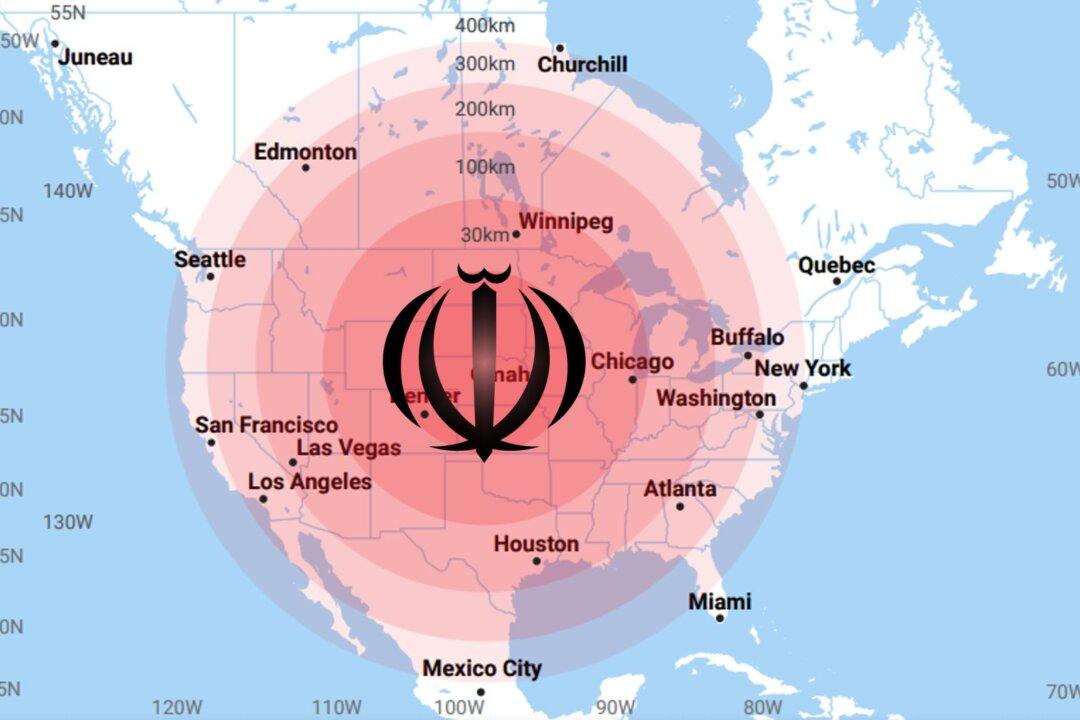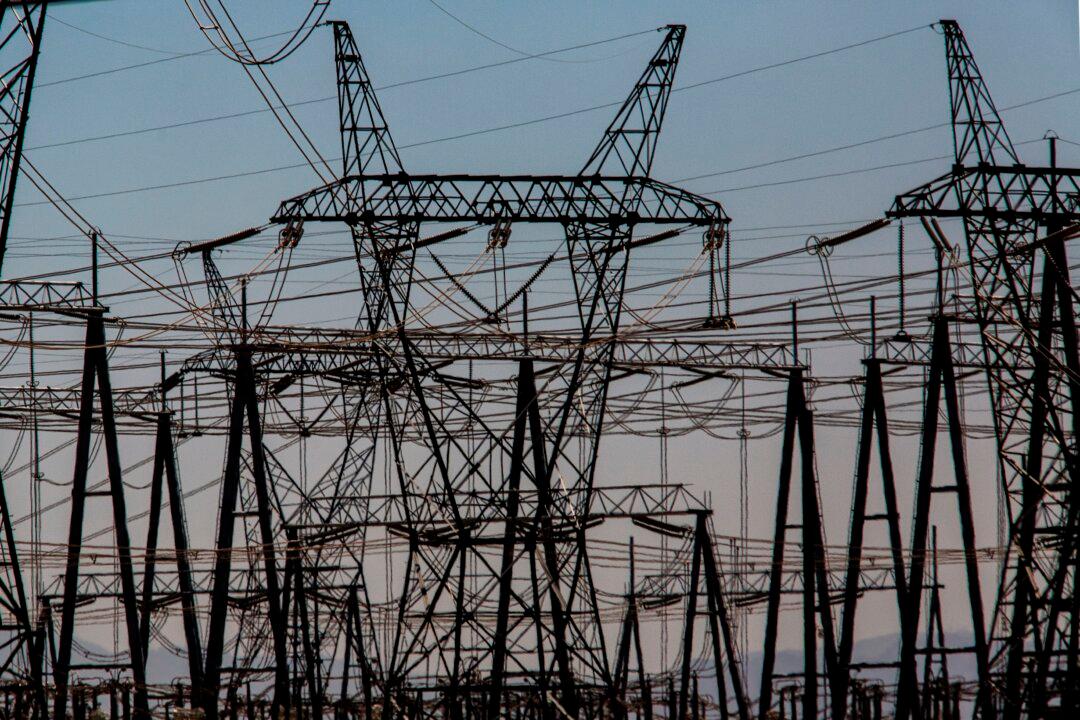Commentary
Last week, the Islamic Republic of Iran reportedly successfully launched a military satellite using the same advanced technologies that guide intercontinental ballistic missiles (ICBMs). Joint Chiefs of Staff Vice Chairman Gen. John Hyten didn’t categorize whether the launch was successful but did confirm the missile that was used “traveled a long way.”





